Pfaff Hobbylock 2.5 Bruksanvisning
Läs gratis den bruksanvisning för Pfaff Hobbylock 2.5 (32 sidor) i kategorin Symaskin. Guiden har ansetts hjälpsam av 15 personer och har ett genomsnittsbetyg på 4.5 stjärnor baserat på 8 recensioner. Har du en fråga om Pfaff Hobbylock 2.5 eller vill du ställa frågor till andra användare av produkten? Ställ en fråga
Sida 1/32

O w n e r ’ s M a n u a l
Produktspecifikationer
| Varumärke: | Pfaff |
| Kategori: | Symaskin |
| Modell: | Hobbylock 2.5 |
Behöver du hjälp?
Om du behöver hjälp med Pfaff Hobbylock 2.5 ställ en fråga nedan och andra användare kommer att svara dig
Symaskin Pfaff Manualer
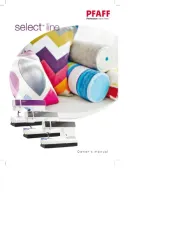
19 Juli 2025

8 Januari 2025

31 December 2025

21 Oktober 2024

21 Oktober 2024

18 Oktober 2024

15 Oktober 2024

15 Oktober 2024

10 Oktober 2024

8 Oktober 2024
Symaskin Manualer
- Bernette
- AEG
- Mediashop
- Alfa
- Gritzner
- Easy Home
- Easymaxx
- Baby Lock
- Elna
- SteamMax
- Solac
- Sinojo
- Bernina
- Livoo
- Łucznik
Nyaste Symaskin Manualer
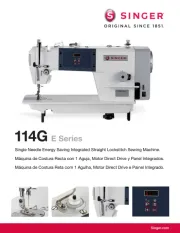
12 Oktober 2025
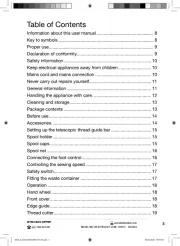
11 Oktober 2025
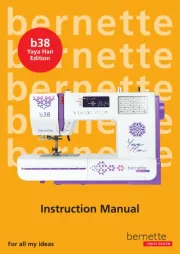
11 Oktober 2025

10 Oktober 2025
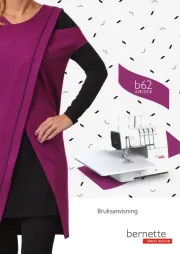
10 Oktober 2025
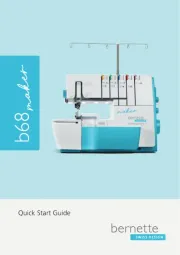
10 Oktober 2025
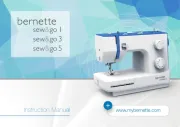
10 Oktober 2025
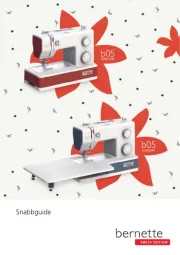
9 Oktober 2025
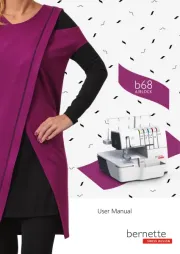
9 Oktober 2025

9 Oktober 2025